There are three basic difference between Brass, bronze and copper. Copper is pure metal. Brass and bronze are alloys. Brass is an alloy of copper. Bronze is an alloy of copper and tin.
| Property | Copper | Brass | Bronze |
| Composition | Pure copper | Copper + Zinc | Copper + Tin |
| Color | Reddish-brown | Golden yellow | Dark brown to golden |
| **Density (g/cm³) | 8.96 | 8.4-8.73 | 7.4-8.9 |
| Melting Point (°C) | 1085 | 900-940 | 950-1050 |
Let’s compare their properties, uses, pros and cons, and applications. So that you can identify them and choose the right metal for your project.
What are Copper, Brass, and Bronze?
Copper:
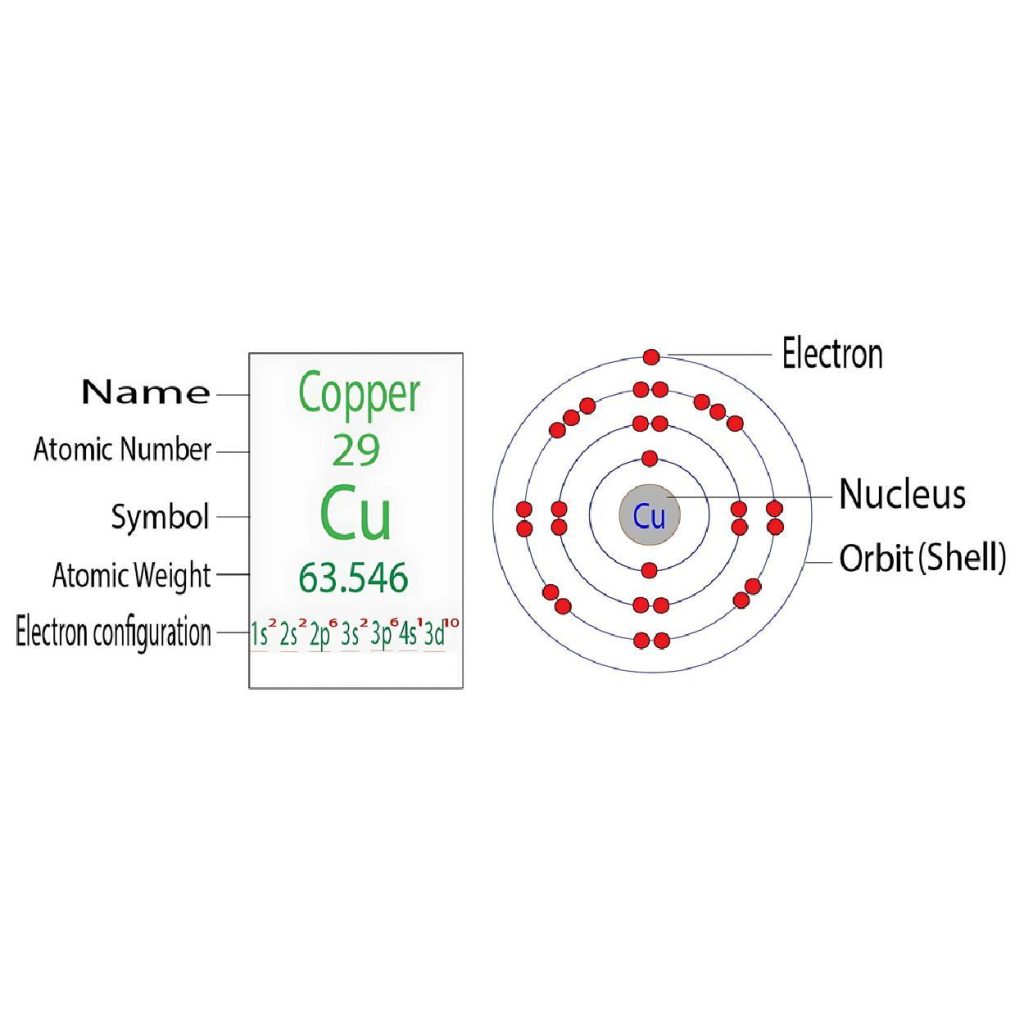
Copper is a pure and native metal. It is an orange-red metal with tarnish. This metal is soft in nature. It has an atomic number of 29. Copper brings together the ductility, thermal conductivity and corrosion resistance into one piece of manufacturing.
In fact, copper was fully discovered and utilized around 5000 to 6000 years ago. Over time, the developers found the natural patina in copper. That decides how your applications fight against further oxidation.
Pros of Copper
Copper is extremely resilient and resistant to corrosion, offering good conductivity. They are thus being excellent malleability to produce ductile wires and sheets. Where antimicrobial properties for hygienic projects are concerns.
Cons of Copper
Costlier than brass and bronze, copper is not suitable for heavy-performance parts. They cause scratch and dent issues. Most copper surfaces often need treatments for tarnish removal.
Brass
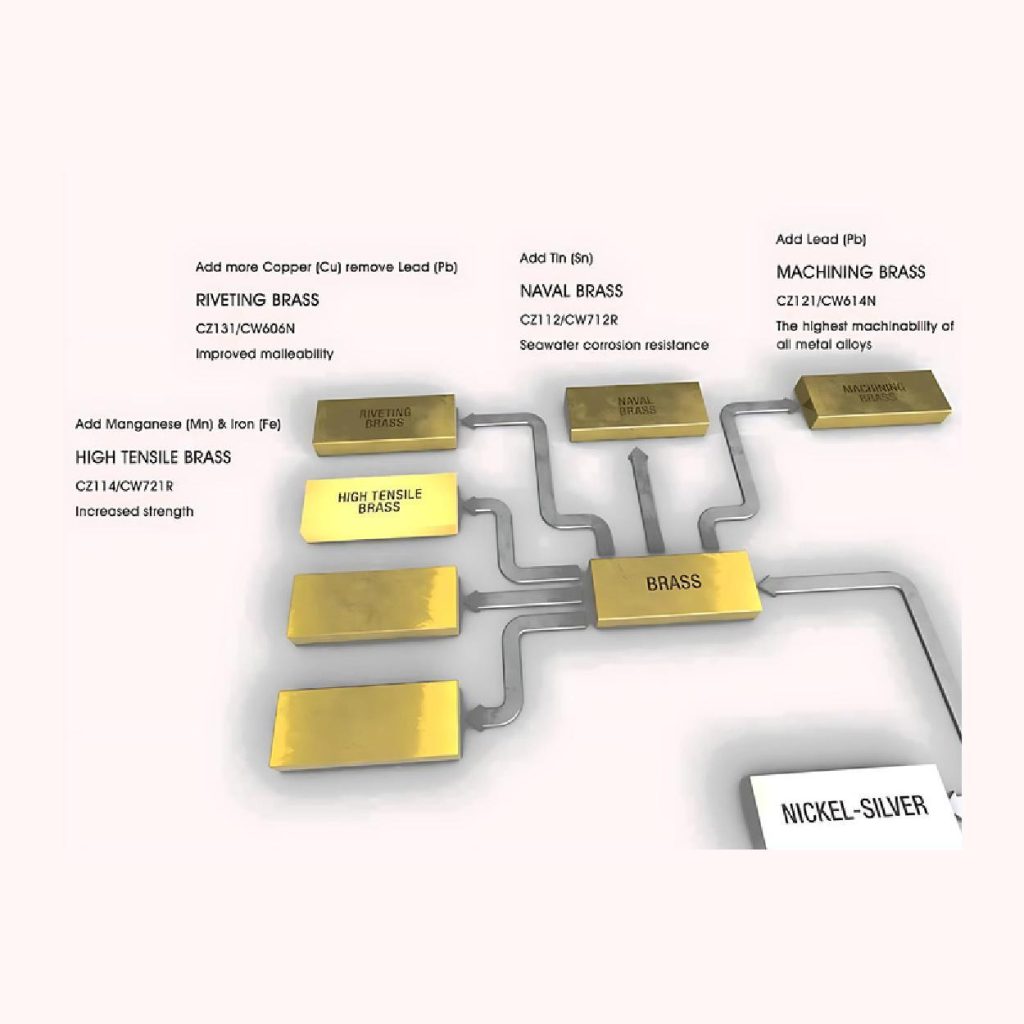
Brass varies widely in composition, including 66% copper + 34% zinc. They generate a breathtakingly bright pale yellow hue. Most brass is also composed of other elements. For instance, arsenic, lead, phosphorus, AL, manganese, and silicon.
Brass alloys tend to offer good corrosion resistance. Its malleability, strength, and versatility are the go-to choices. The ancient Romans used brass to make vessels, dress armor, jewelry, and brooches.
Pros of Brass:
Brass sets the barriers against oxidation or corrosion. They are reliable and increase the appearance. The malleability of brass converts the raw material into complex designs easily. This strong metal allows faster and more stable manufacturing.
Cons of Brass:
Unlike copper, brass contains low electrical conductivity. Requiring proper maintenance, it also generates tarnish and stress corrosion cracking.
Bronze: Built for Durability
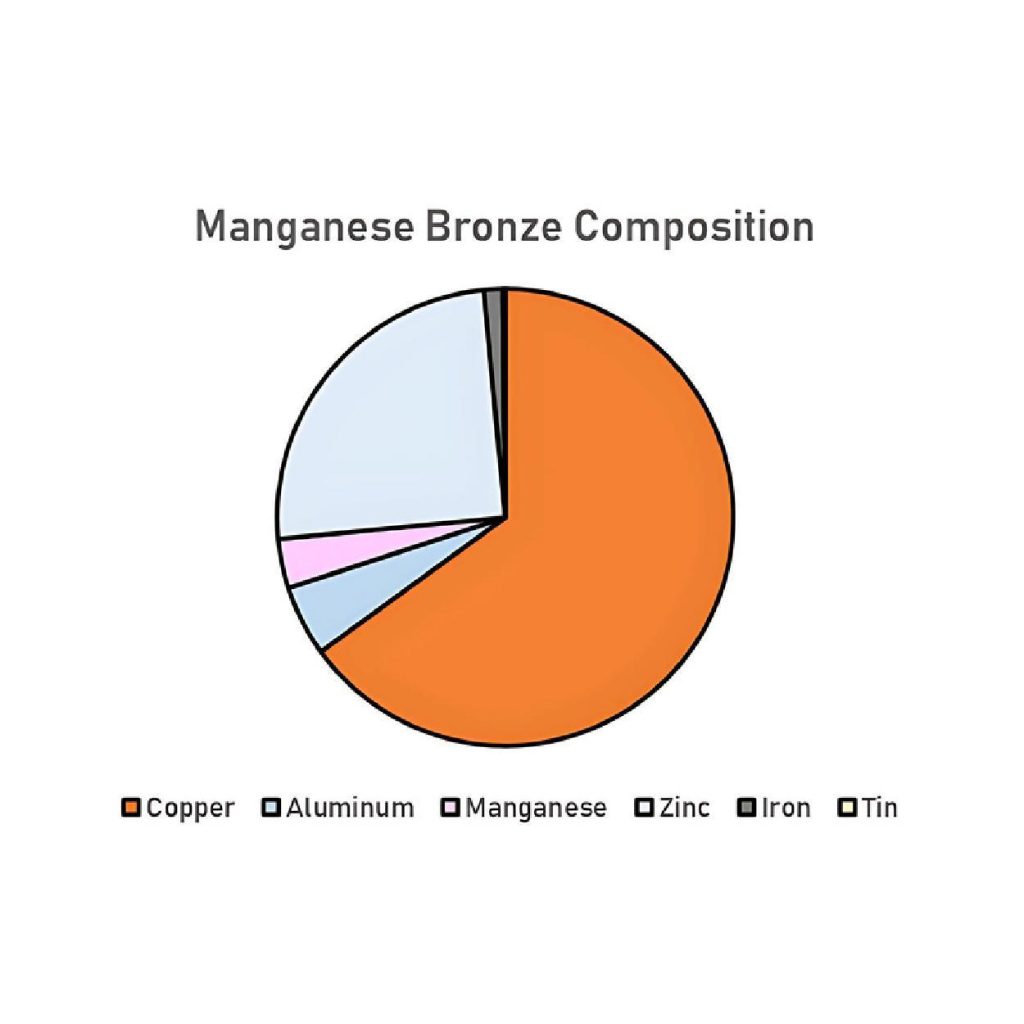
Bronze is typically made with 88% copper plus 12% tin. Material like AL, zn or tin is also added to bronze, thus, improving its overall properties. This metal is reddish brown in color, making it easier to manufacture.
Along with the strength, durability and protection against rust, bronze is a versatile metal. That allows it to develop patina to protect from weathering as well as possible.
Pros of Bronze:
Corrosion resistance , durability and low friction are the attributes of bronze. That ensures proper functionality and prevents damage to parts.
Cons of Bronze:
Bronze is more brittle than other alloys. It produces cracking under heavy stress. The presence of tin on bronze makes it costly. With all that, it is heavier than brass and not suitable for lightweight parts.
Difference Between Copper Brass and Bronze
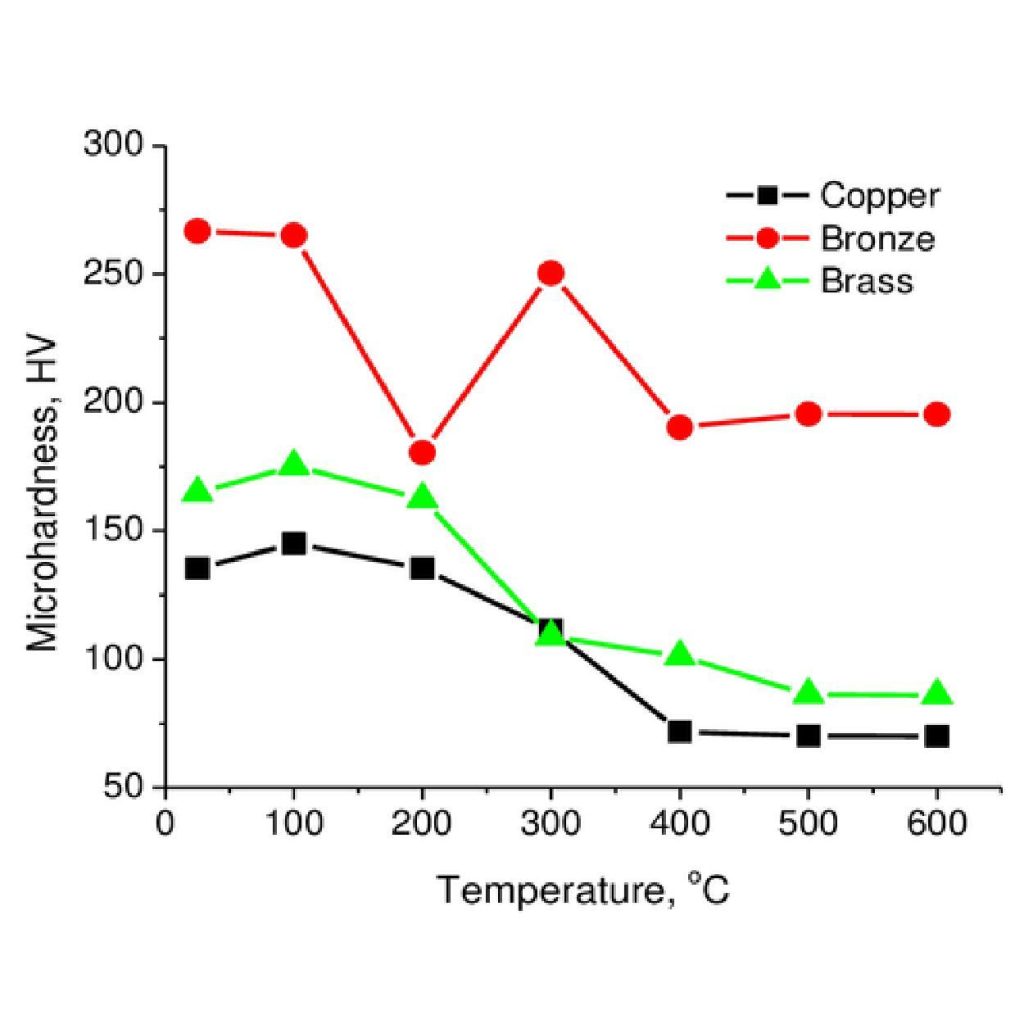
Grades of Copper, Brass, and Bronze
Copper Alloy Grades and Uses
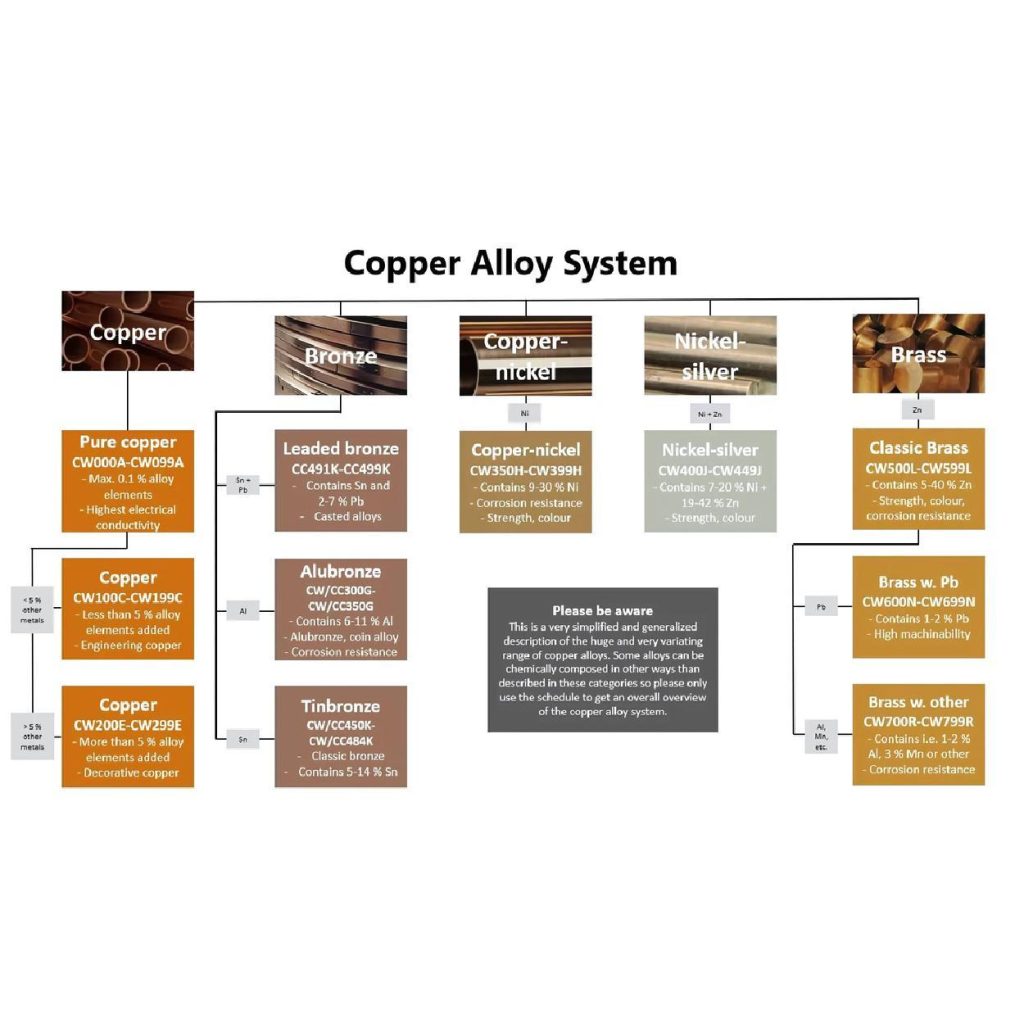
| Grade | Composition | Common Uses |
| C11000 | 99.9 % Pure Copper | Wiring, plumbing, roofing, and heat exchangers have to be manufactured quite elegantly in terms of both thermal conductivity and corrosion resistance. |
| C10200 | 99.9% Copper + 0.02% oxygen | It guarantees high formability in electrical conductor gadgets. |
| C12000 | 99.9% Copper + 0.01 to 0.03% Phosphorus | This smooths the performance of power and communication cables and electrical connectors. |
| C14500 | 99.9% Copper + 0.1% Silver | It offers convenient protection in high-performance electrical contacts and switchgear. |
Brass Alloy Grades and Uses
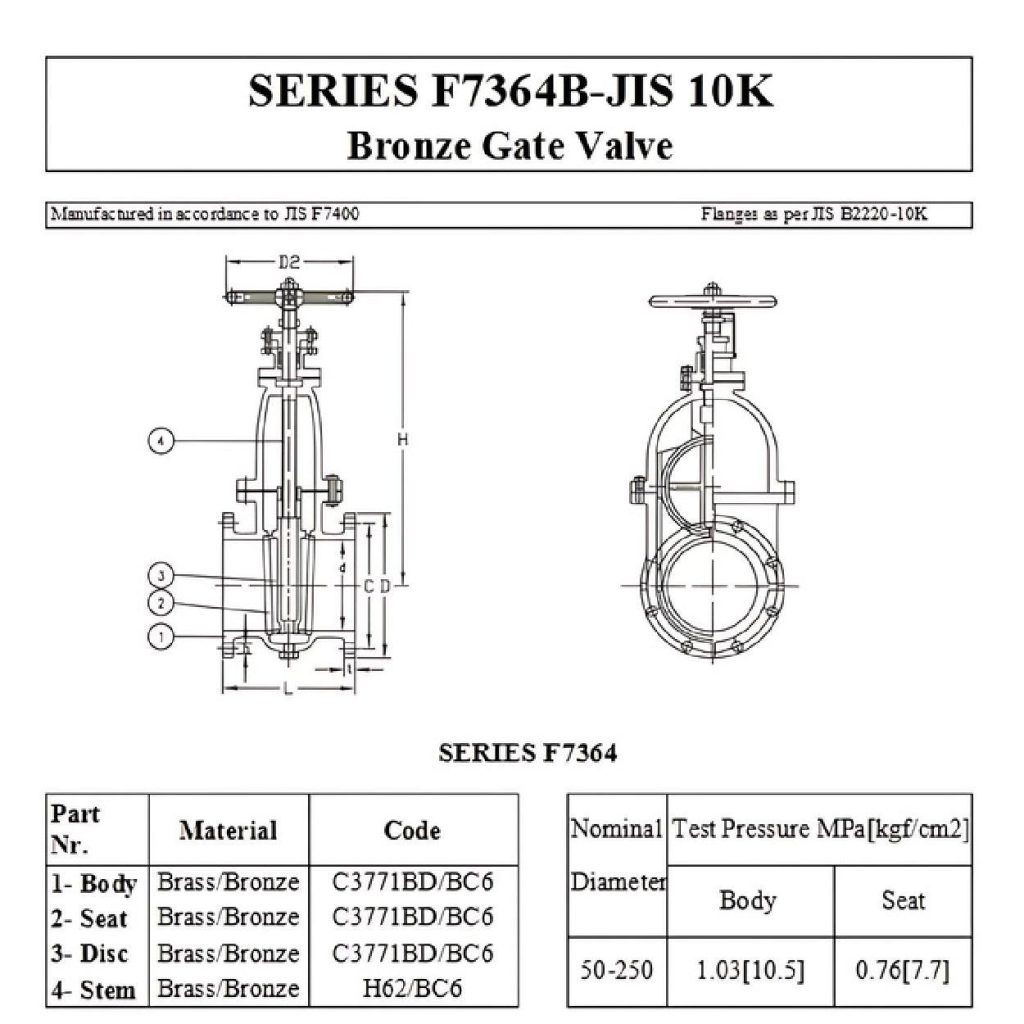
| Grade | Composition | Common Uses |
| C36000 | 61 to 65% Copper + 35 to 39% Zinc | It offers the utmost machinability for delicate kinds of electronic parts, plumbing and fittings. |
| C46400 | 57% copper + 40% Zinc + 2 to 4% Tin | Supporting several tactile, high-strength and corrosion-resistant features, it is simply another avenue in marine fittings. |
| C26800 | 68% copper + 32% Zinc | Some of the electrical components and decor items need formability. That affects the performance. |
| C38500 | 60% copper + 40% Zinc | Copper and zinc form a strategic metal layup. It is for the purpose of making plumbing, electrical parts, and building hardware tougher. |
Bronze Alloy Grades and Uses
| Grade | Composition | Common Uses |
| C93200 | 88% copper + 7 to 10% tin | This alloy relatively saves bearings, bushings, marine parts, and gears from wear. |
| C51000 | 95% Copper + 5% tin | It is mainly used in springs, electrical connectors, and industrial machinery. They are more delicate and need to be protected from fatigue. |
| C61400 | 85% copper + 5 to 7% Tin + 0.15% Phosphorus | This grade minimises the exposure of oxidation and wear in electrical contacts, springs, and automotive parts. |
| C87850 | 90% of copper + 10% of Tin | Proper protection and hardness are critical for improvement in the performance and life of valves, pumps, and marine parts. |
Applications of Copper, Brass, and Bronze
1. Electrical Wiring
Such features as electric and thermal conductivity with corrosion resistance are given by copper. Those that are made compatible with copper are wiring homes, electronic gadgets, and industrial setups.
2. Plumbing Systems
Brass and copper would reveal such aesthetic enhancements, making pipes and fittings of water not only flexible but also one to resist corrosion. While copper is good for protecting pipes from corrosion.
3. Marine Industry
When choosing between bronze vs copper, bronze plays a relatively more significant role since it directly encounters the rust for seawater pumps and marine parts.
4. Decorative Items and Statues
Copper and brass allow the membrane to design the outdoor sculptures and monuments elegantly, both in terms of appeal and attractiveness. Bronze here balances strength while retaining durability.
5. Musical Instruments
Good sound quality is enormously very necessary for musical items. Another major consideration in these instruments is the unique acoustic factor, where brass is the good choice.
Are copper, brass, and bronze are sustainable metals?
Copper, brass, and bronze are sustainable metals with the purpose of multiple-time recycling. Manufacturers can absolutely reuse them, reducing their environmental impact.
Sustainability Benefits
Copper: Copper has become popular because of its purity and compatibility with recycling. Some such metals come with various advantages. It does not lose its properties. Copper recycling basically reduces carbon dioxide emissions by up to 65%.
Brass: Brass commonly allows the metalworker’s to decrease the waste. It includes recycled components of copper and zinc. Thus, retaining 95% of the value for scrap ensures smoother production. This is where the brass conserves resources and offers long-life cycles.
Bronze: Recycling brass reduces most of the possible carbon footprints right at the manufacturing setups. Here lies the actual conservation of raw materials. Bronze recycling maintains density with regard to improved performance.
How to identify copper or bronze or brass?
Identifying the difference between copper bronze and brass is one of the most elementary validation stages. Thus, it will require simple but effective tests.
Color Differences
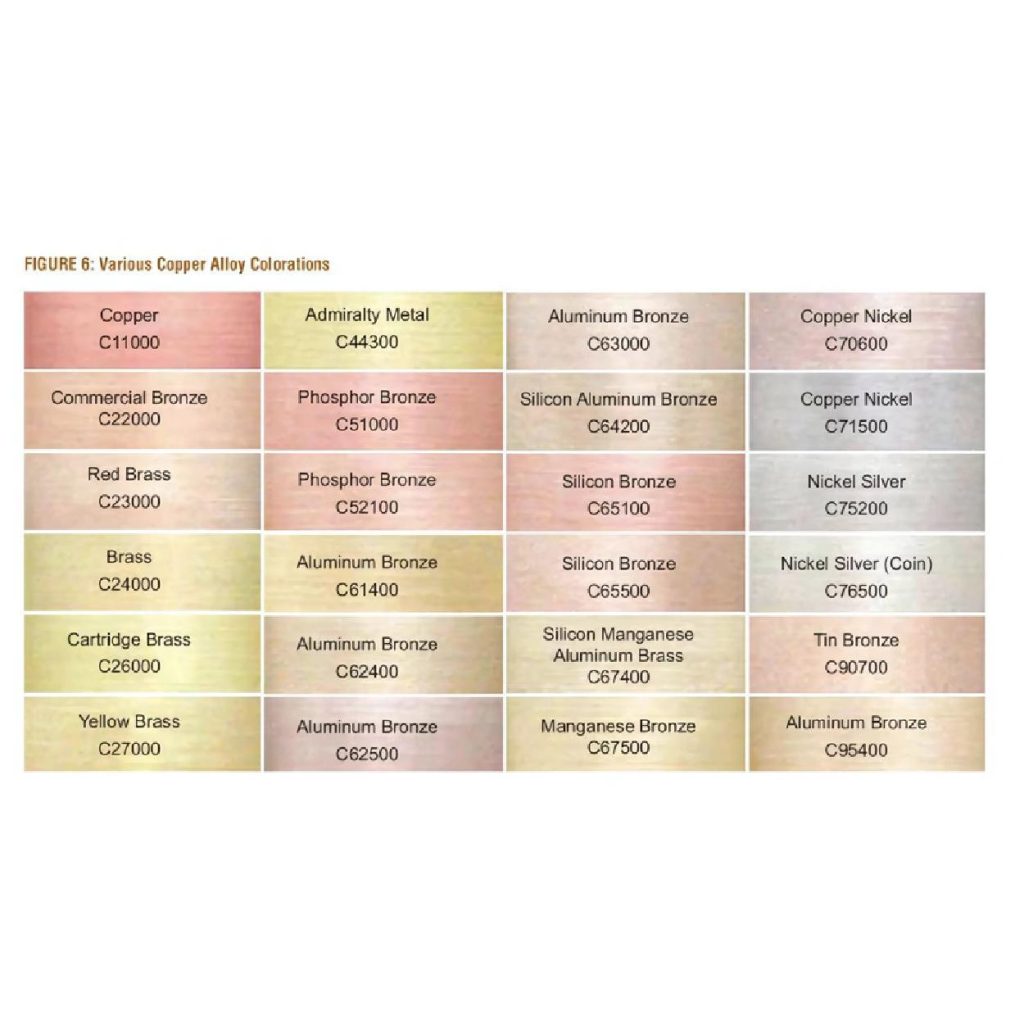
Copper: Confirms that metal has a reddish-orange shade with a metallic lustre.
Bronze: Decide how much metal resembles a reddish brown hue. It must be darker than copper and have subtle golden tones.
Brass: Evaluate if the alloy has a bright yellow hue or exhibits a gold-like color.
Scratch and Density Test
Copper: The softness of copper brings reliability to the manufacturing process. At the same time, this alloy can be scratched easily.
Bronze: Bronze can also get scratched but is harder than both copper and brass.
Brass: In the copper vs brass debate, brass wins in terms of resisting scratching better than copper. It reflects the combination of hardness and quality.
Magnetism
On a highly manufacturing line, copper, brass, and bronze are non-magnetic. Each of them occurs in pour form. Many manufacturers commonly use magnet tools to identify copper, brass, or bronze against steel or iron.
Conclusion
Selecting between brass, copper, or bronze depends on your project’s needs. It requires an understanding of their properties and uses. Each of them provides excellent corrosion resistance, low friction abrasive appeal, and electric conductive features. That are somewhat necessary for functional applications to artistic items.
FAQs
- How to tell the difference between copper and brass?
Copper has gained popularity due to its reddish-brown color. It is there heavier than brass and develops a green patina. While brass is basically yellow-golden in color mainly because of zinc content. Its ability to resist tarnish is the matrix variety.
- Which is better copper or brass?
Copper is suitable for wiring and plumbing, which correlates with electrical conductivity and corrosion resistance. Conversely, fittings, musical instruments, and decor items rely on brass because of its strength and decorative appeal.
- Why is bronze more copper colored than brass?
Because bronze contains a higher proportion of copper (80–90%) than brass (55–95%, diluted with zinc). The more copper content creates a distinctive reddish-bronze tone in bronze. But zinc gives a yellow-gold hue.
- Are brass and bronze the same?
No, bras are comprised of copper and zinc, whereas bronze is mainly an alloy of copper and tin.
- What material should I avoid in jewelry?
Avoid brass and bronze metal for jewelry. As they cause allergic reactions and can tarnish quickly. Copper is the best metal for jewelry out of brass and bronze. It offers high malleability and hypoallergenic attributes. That resist the allergic reactions.

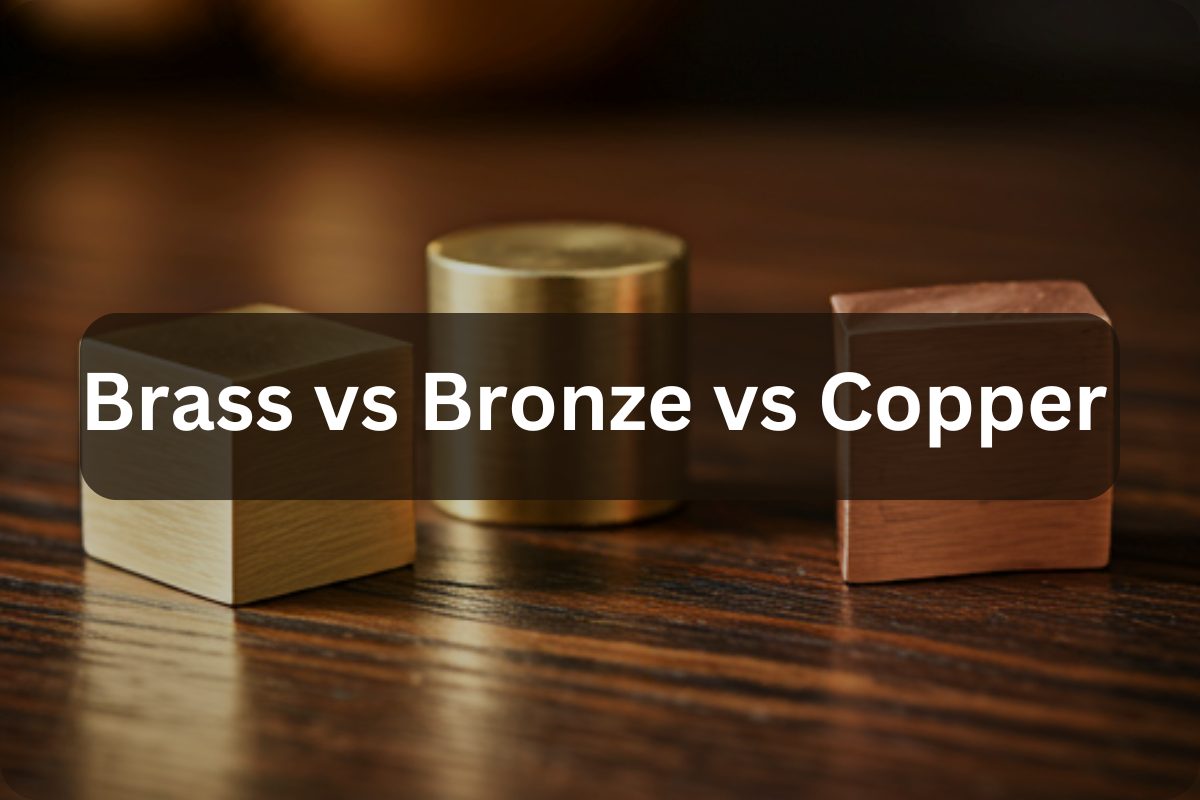
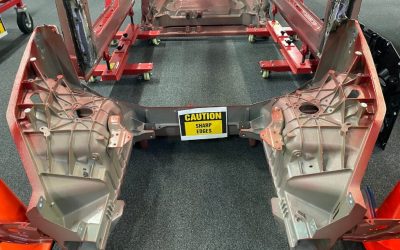
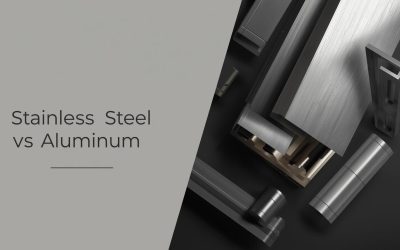

0 Comments